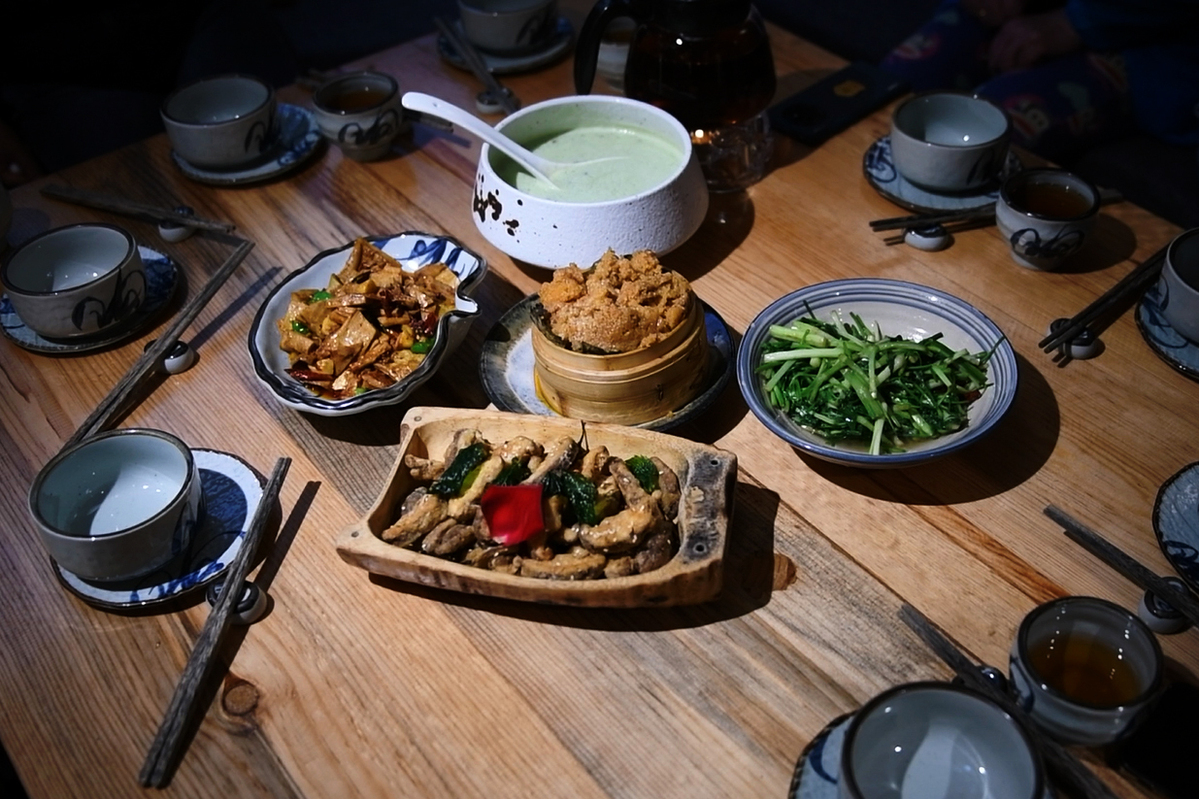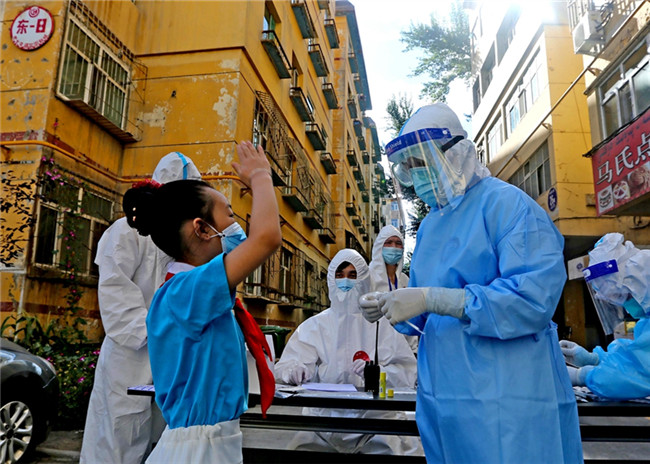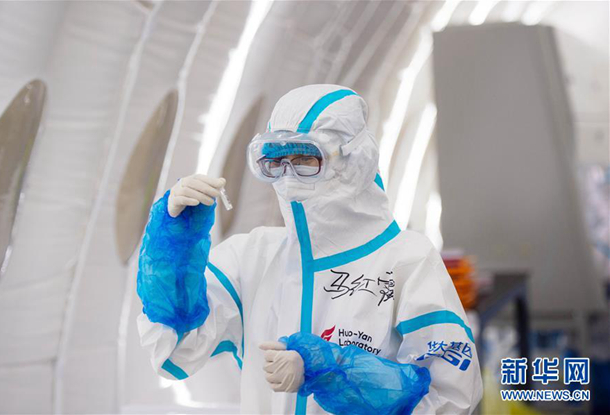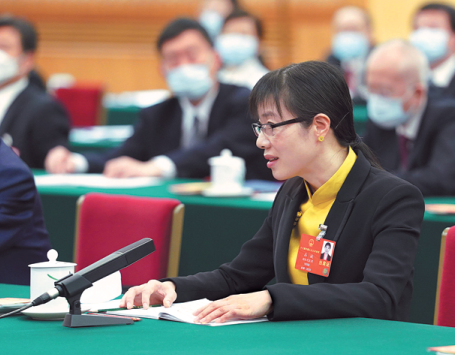
Food Safety Tips to Keep COVID-19 at Bay
 |
| A customer buys fruits at a Chaoshifa supermarket branch in Haidian District of Beijing, capital of China, June 14, 2020. [Xinhua] |
Beijing reported 137 confirmed domestically transmitted COVID-19 cases from June 11 to 16. All cases have been traced to the Xinfadi wholesale market, which supplies about 80 percent of the capital's vegetables and fruits, as well as other farm produce.
In this difficult situation, how can you shop for produce safely and eat healthy in Beijing? Here are some helpful tips.
Shopping for Food Safely
1. Always wear a face mask when food shopping.
2. Keep at least one meter of distance between you and others, and avoid touching your eyes, mouth and nose with your hands.
3. If possible, sanitize the handles of trolleys or baskets before shopping.
4. Once home, wash your hands thoroughly and also after handling and storing your purchased products.
Handling Food Safely
 |
| A photo taken on June 14, 2020 shows vegetarian dishes served at a vegetarian restaurant in Kunming, Southwest China's Yunnan Province. [Xinhua] |
1. Keep clean
Wash your hands before handling food and often during food preparation.
Wash your hands after going to the toilet.
Wash and sanitize all surfaces and equipment used for food preparation.
Protect kitchen areas and food from insects, pests and other animals.
2. Separate raw and cooked
Separate raw meat, poultry and seafood from other foods.
Use separate equipment and utensils, such as knives and cutting boards, for handling raw foods.
Store food in containers to avoid contact between raw and prepared foods.
3. Cook thoroughly
Cook food thoroughly, especially meat, poultry, eggs and seafood.
Bring foods like soups and stews to a boil to make sure that they have reached 70 C. For meat and poultry, make sure juices are clear, not pink. Ideally, use a thermometer.
Reheat cooked food thoroughly.
4. Keep food at safe temperatures
Do not leave cooked food out at room temperature for more than 2 hours.
Promptly refrigerate all cooked and perishable food (preferably below 5 C).
Keep cooked food piping hot (more than 60 C) prior to serving.
Do not store food too long, even in the refrigerator.
Do not thaw frozen food at room temperature.
5. Use safe water and raw materials
Use safe water, or treat it to make it safe.
Select fresh and wholesome foods.
Choose foods processed for safety, such as pasteurized milk.
Wash fruits and vegetables, especially if eaten raw.
Do not use food beyond its expiration date.
Eating Takeout Food Safely
1. If possible, opt for contactless delivery to avoid person-to-person contact with the delivery person.
2. Always wear a face mask when getting the food in-person to protect yourself as well as the delivery person.
3. Remove the outer packaging of takeout food and throw it away.
4. Wash your hands before and after meals.
5. If you wish, you can reheat the food to kill any lurking bacteria as an extra precaution.
6. When eating takeout food at home, it is recommended to use your own utensils. Use of serving chopsticks and spoons and the serving of separate portions are encouraged.
7. When eating takeout food at workplaces, dine separately and avoid sitting face-to-face with others and unnecessary table talk. Don't remove the mask until you start eating.
8. Raw, cold, irritating foods and unsealed cold beverages are not recommended takeout options. Dishes with a balanced portion of vegetables and meat are encouraged.
(Sources: World Health Organization, Guidelines on takeout food safety and nutrition during the COVID-19 outbreak)
 Women Medics in NW China's Xinjiang Contribute to COVID-19 Epidemic Containment
Women Medics in NW China's Xinjiang Contribute to COVID-19 Epidemic Containment Women CPC Members on Front Line of Anti-COVID-19 Battle in Beijing
Women CPC Members on Front Line of Anti-COVID-19 Battle in Beijing Deputy Recalls Role in COVID-19 Fight
Deputy Recalls Role in COVID-19 Fight- Woman Epidemiological Researchers Race Against the Clock on Front Line
 Pic Story of Nurse Who Aided COVID-19 Fight in Wuhan
Pic Story of Nurse Who Aided COVID-19 Fight in Wuhan Volunteer Provides Milk Tea, Back up Anti-Epidemic Workers in NE China
Volunteer Provides Milk Tea, Back up Anti-Epidemic Workers in NE China

 京公网安备 11010102004314号
京公网安备 11010102004314号